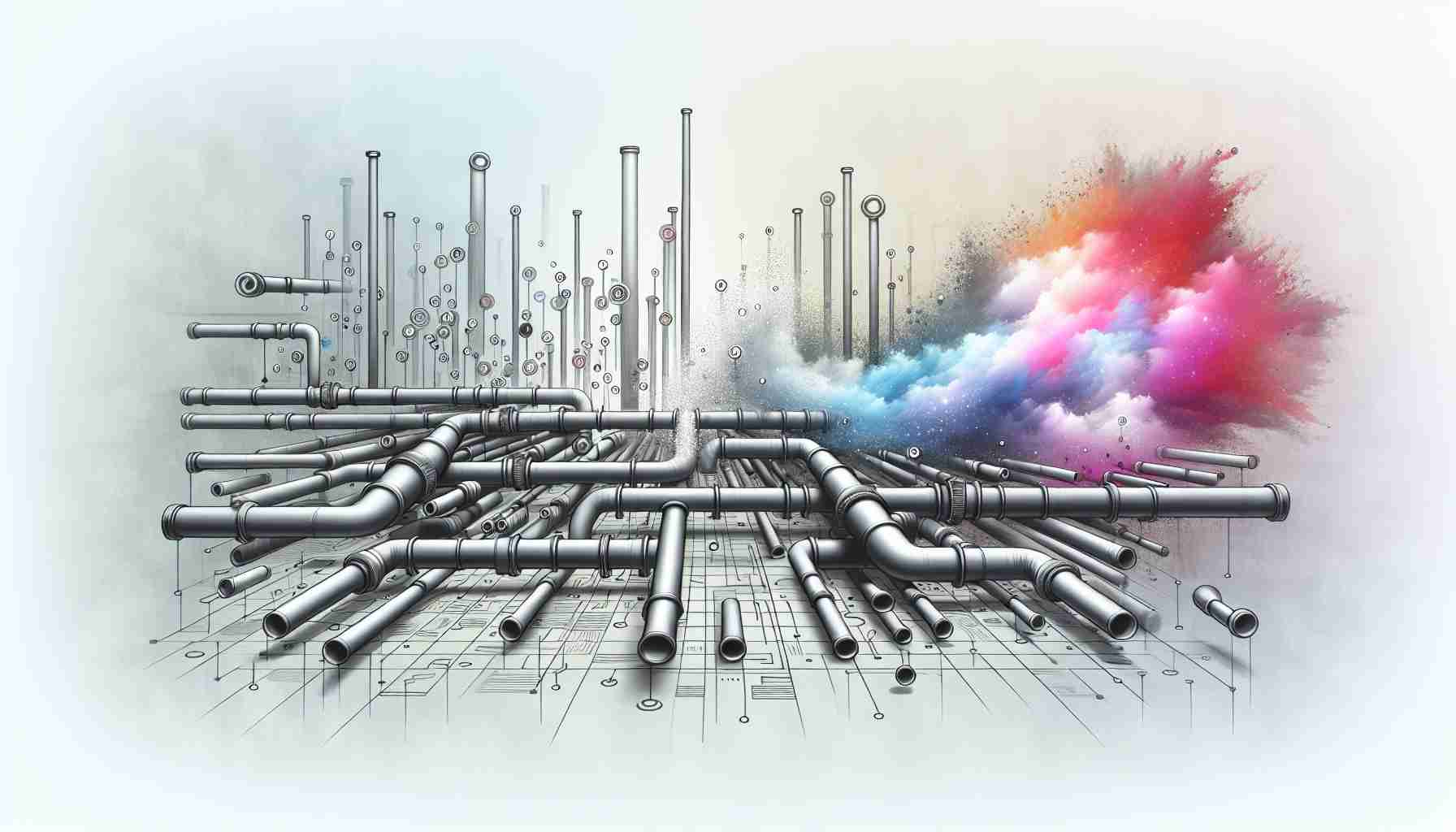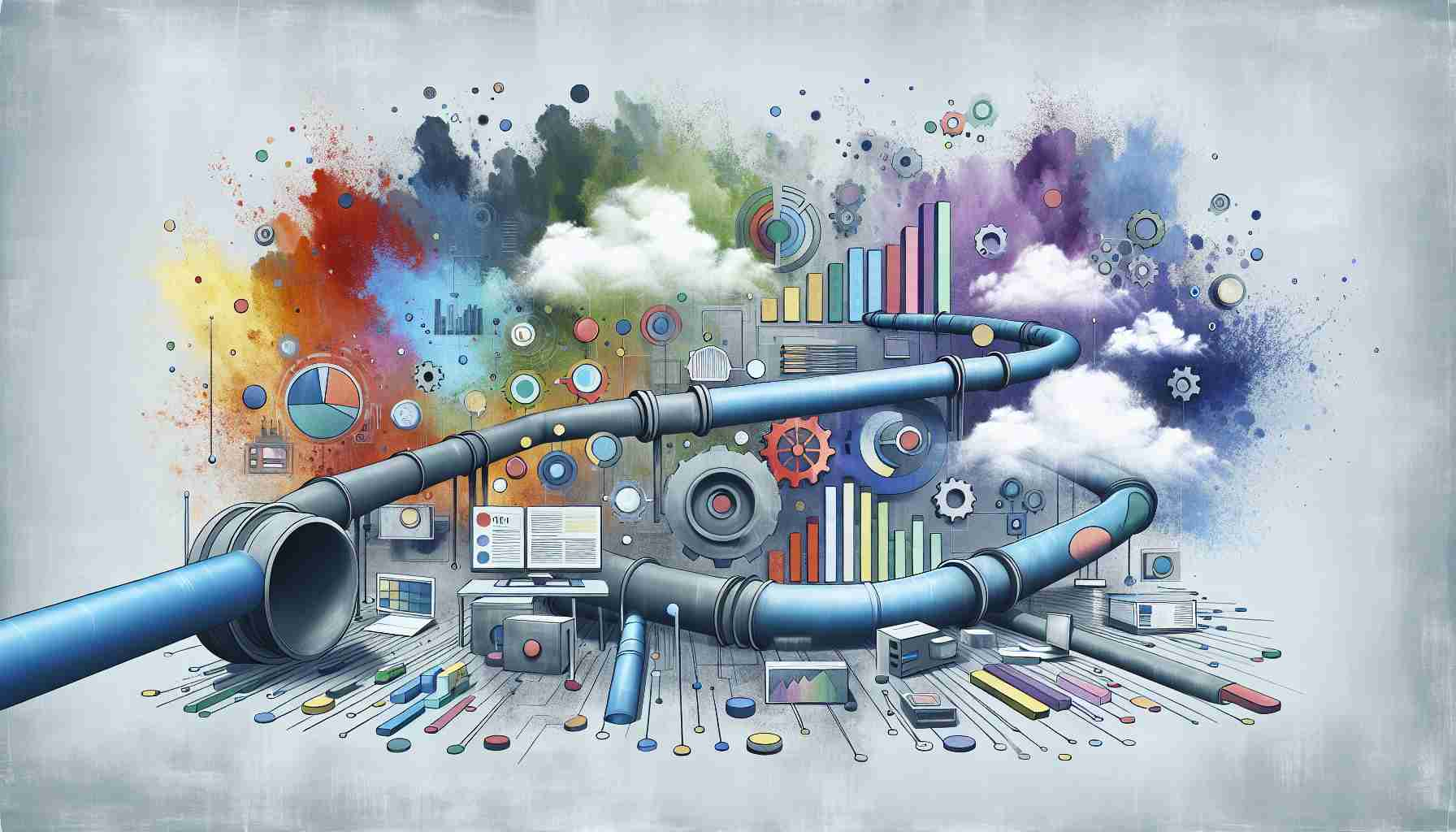Understanding Data Pipelines in Data Analysis

Data Pipeline Briefly Summarized
- A data pipeline is a series of data processing steps where data is moved and transformed from its original source to a destination for analysis or storage.
- It involves various stages, including data collection, transformation, and loading, often referred to as ETL (Extract, Transform, Load).
- Data pipelines are designed to handle large volumes of data efficiently and are typically automated to ensure data flows continuously and reliably.
- They are crucial for data-driven decision-making, enabling businesses to gather insights from diverse data sources.
- Modern data pipelines often leverage cloud services and big data technologies to scale and manage complex data workflows.
In the realm of data analysis, the concept of a data pipeline is foundational to understanding how raw data is transformed into actionable insights. As businesses and organizations increasingly rely on data to drive decisions, the efficiency and reliability of data pipelines become paramount. This article will delve into the intricacies of data pipelines, their components, and their significance in the data analysis landscape.
Introduction to Data Pipelines
A data pipeline is a set of data processing elements connected in series, where the output of one element is the input of the next one. The elements of a pipeline are often executed in parallel or in sequence, depending on the complexity and requirements of the data processing tasks. The primary goal of a data pipeline is to automate the flow of data from its source to its destination, ensuring that the data is clean, well-structured, and ready for analysis.
The Anatomy of a Data Pipeline
Data pipelines consist of several key components:
- Data Sources: The starting points of a pipeline where data is collected. These can include databases, SaaS platforms, APIs, file systems, and more.
- Data Ingestion: The process of importing, transferring, or loading data from sources into the pipeline.
- Data Processing: This involves transforming the data through various means such as filtering, aggregation, normalization, and enrichment.
- Data Storage: After processing, data is stored in a data warehouse, data lake, or another storage system.
- Data Consumption: The final stage where data is accessed by end-users or applications for analysis, reporting, or further processing.
Why Data Pipelines Matter
Data pipelines are the backbone of modern data analytics. They enable organizations to harness the power of their data by providing a structured and automated process for data movement and transformation. With the exponential growth of data volume and variety, the ability to manage and process data efficiently is critical for gaining competitive advantages.
Building a Data Pipeline
Building a data pipeline involves several considerations:
- Scalability: The pipeline must handle varying volumes of data without degradation in performance.
- Reliability: It should ensure data integrity and consistency, with mechanisms to handle failures or errors.
- Flexibility: The pipeline must accommodate changes in data sources, formats, and processing requirements.
- Maintainability: It should be easy to update, monitor, and manage over time.
Types of Data Pipelines
There are various types of data pipelines, each suited for different scenarios:
- Batch Processing Pipelines: Handle large volumes of data in periodic batches.
- Stream Processing Pipelines: Process data in real-time as it arrives.
- Hybrid Pipelines: Combine batch and stream processing for more complex workflows.
Tools and Technologies
A myriad of tools and technologies are available to build and manage data pipelines:
- ETL Tools: Software like Apache NiFi, Talend, and Informatica PowerCenter.
- Cloud Services: AWS Data Pipeline, Azure Data Factory, and Google Cloud Dataflow.
- Big Data Technologies: Apache Hadoop, Apache Spark, and Apache Flink.
Challenges and Best Practices
Creating an effective data pipeline is not without challenges. Data quality issues, integration complexities, and evolving data sources can all pose difficulties. Adhering to best practices such as implementing data governance, monitoring pipeline performance, and ensuring data security can mitigate these challenges.
Conclusion

Data pipelines are essential for transforming raw data into valuable insights. They must be robust, scalable, and flexible to meet the demands of modern data analysis. As technology evolves, so too will the architectures and capabilities of data pipelines, continuing to empower data-driven decision-making.
FAQs on Data Pipelines
What is a data pipeline? A data pipeline is a systematic process for moving and transforming data from its source to a destination for storage or analysis.
Why are data pipelines important? Data pipelines are crucial for automating the data flow, ensuring data quality, and enabling timely data analysis for informed business decisions.
What are the main components of a data pipeline? The main components include data sources, ingestion, processing, storage, and consumption.
How do data pipelines handle large volumes of data? Data pipelines are designed with scalability in mind, using technologies that can process and move large volumes of data efficiently.
What are some common challenges when building data pipelines? Challenges include ensuring data quality, integrating diverse data sources, and managing the pipeline's scalability and reliability.
Sources
- Pipeline
- What Is A Data Pipeline? Considerations & Examples - Hazelcast
- What is a data pipeline | IBM
- What is Data Pipeline? - AWS
- What Is A Data Pipeline? | Blog - Fivetran
- What is a data pipeline, and how do you build one? - Cockroach Labs
- Data Pipelines Explained - YouTube
- What is a Data Pipeline? - Snowflake
- Accessing AWS Data Pipeline - AWS Documentation
- What is a Data Pipeline? Definition, Types & Use Cases - Qlik
- What is a Data Pipeline (and 7 Must-Have Features of Modern Data ...